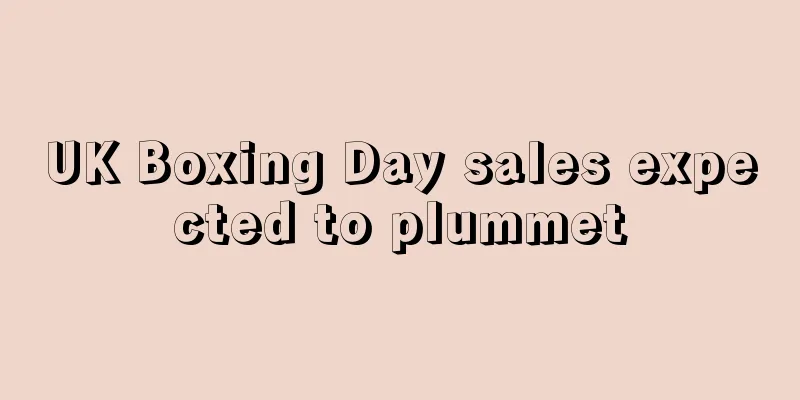With global e-commerce traffic declining, can this year’s “Black Friday” and “Cyber Monday” still trigger a wave of hot sales?

|
Recently, Salesforce released the shopping index for the third quarter of 2021. Data showed that although global online sales increased by 11% in the third quarter of 2021, the growth rate of e-commerce seems to be slowing down, especially compared with the growth rate of 63% in the same period last year. This year's e-commerce growth rate is basically the same as the growth rate before the epidemic.
However, according to the data, global e-commerce traffic fell by 2% in the third quarter , which also shows that fewer people are spending time on e-commerce worldwide.
Moreover, since the second quarter of this year, the total number of global online shopping orders has fallen for two consecutive quarters. These data are deeply concerning to sellers, and even make people start to worry about the upcoming "Black Friday" and "Cyber Monday" sales.
Especially after Halloween, many sellers received more return orders than orders. Coupled with Amazon’s overly relaxed and consumer-biased return policy, many sellers complained. The wave of returns after the holiday also greatly reduced the transaction rate of e-commerce.
Amazon's third-quarter financial report also showed that its net profit in the third quarter fell 50% year-on-year and its sales performance fell short of expectations.
In addition, the high freight costs and port congestion this year have also caused serious supply chain disruptions, and the shortage of goods will also affect the psychology of some European and American consumers;
For example, German consumers' consumption sentiment has been low in September and October. Under the pressure of inflation, people even have a stronger desire to save, and planned shopping expenses are relatively reduced.
Nowadays, the sales situation of foreign e-commerce is more diversified. The consumer users once monopolized by traditional e-commerce platforms are beginning to be occupied by more social platforms. Video promotion and marketing are also important ways of foreign online sales.
For example, TikTok has gained a large number of platform users abroad, where people share food, beauty, fashion, and pet supplies, etc. High-quality video content will also attract more fans, accumulating a certain target population for the account's product marketing and promotion.
The online marketing for "Black Friday" and "Cyber Monday" may also change its marketing path as social platforms become more popular. “Black Friday” and “Cyber 1st” global e-commerce traffic |
<<: B2C commerce is transitioning to social commerce
Recommend
What is Hypr? Hypr Review, Features
Hypr is mainly an aggregation platform for influe...
AliExpress orders surged by 60%, with a number of merchants rushing to grab the Spring Festival orders
In the first week of work, cross-border merchants...
What is HighRadius? HighRadius Review, Features
HighRadius is a fintech SaaS service provider tha...
What is PacyPay? PacyPay Review, Features
PacyPay is a product of Shanghai Gujin Information...
What is Hefubao? Hefubao Review, Features
Hefubao was founded in 2014 and is committed to he...
What is Paga? Paga Review, Features
Paga is a mobile payment company. About Paga Paga...
What is Brand Ark? Brand Ark Review, Features
Brand Ark is a media dedicated to the research of...
Beware of scams! eBay Germany suspends RatePay payment method
Title: Beware of scams! eBay Germany suspends Rat...
Monthly sales of 30,000 orders! The second generation of post-00s factories "exploded" new opportunities in TikTok Shop
On October 27, TikTok Shop officially launched th...
What is Tomorrow's Intellectual Property? Tomorrow's Intellectual Property Review, Features
Mingri Intellectual Property is a comprehensive co...
eBay Italy: Gardening products and outdoor furniture are very popular, with sales increasing significantly
Spring is here, but Italy is still in lockdown an...
What is Amazon Dragon Boat Project? Amazon Dragon Boat Project Review, Features
The full name of the "Dragon Boat Project&qu...
Attention! AliExpress releases annual sales assessment criteria for sellers
Recently, the official website of AliExpress rele...
What is InstaFollow? InstaFollow Review, Features
InstaFollow is a mobile app for Instagram. Its mai...
Integrated empowerment helps Chinese merchants expand overseas. SHEIN becomes the third largest online fashion retailer in the United States
Recently, Statista, a global data and business in...









